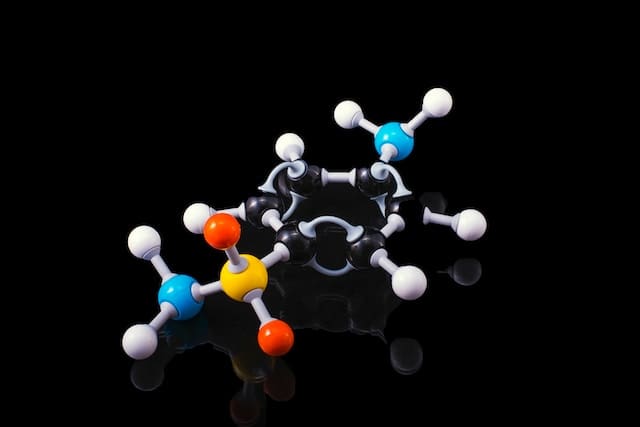Small molecule drugs have been a cornerstone of pharmaceutical research and development for decades due to their effectiveness, ease of manufacturing, and well-understood regulatory pathways. While biologics and gene therapies have gained prominence, small-molecule drugs continue to evolve with advances in science and technology. Here are some key trends and potential directions for the next generation of small-molecule drugs:

1. Precision Medicine: One of the most significant trends in drug development is the move toward precision medicine. Small molecule drugs are being designed to target specific genetic mutations or biomarkers associated with diseases. This approach allows for more personalized treatments and can lead to improved efficacy and reduced side effects.
2. Drug Repurposing: Researchers are increasingly looking at existing small molecule drugs for new therapeutic indications. This approach, known as drug repurposing or repositioning, can significantly reduce the time and cost of drug development.
3. AI and Machine Learning: Artificial intelligence and machine learning are playing a crucial role in drug discovery. These technologies can analyze vast datasets to identify potential drug candidates, predict their efficacy, and optimize their chemical structures.

4. Multi-Target Drugs: Small molecule drugs that can target multiple disease pathways simultaneously are gaining attention. These multi-target drugs have the potential to treat complex diseases more effectively.
5. Fragment-Based Drug Discovery: Fragment-based drug discovery involves the use of smaller chemical fragments to identify potential drug candidates. This approach allows for the exploration of a broader chemical space and can lead to the development of more potent and selective drugs.
6. CRISPR and Gene Editing: Small molecule drugs are being developed to work in conjunction with gene editing technologies like CRISPR-Cas9. These drugs can help modulate gene expression and correct genetic mutations.
7. Drug Delivery Systems: Advances in drug delivery technologies are improving the bioavailability and targeted delivery of small molecule drugs. Nanoparticles, liposomes, and other innovative delivery systems can enhance drug effectiveness while minimizing side effects.
8. Natural Products and Microbiome-Based Therapies: Natural products and compounds derived from the human microbiome are being explored for their therapeutic potential. These small molecules can influence various biological processes and have unique mechanisms of action.
9. Antibiotic Development: There is a growing need for new antibiotics to combat antibiotic-resistant bacteria. Researchers are developing small-molecule antibiotics with novel mechanisms of action to address this global health threat.
10. Regulatory Considerations: Regulatory agencies are adapting to the changing landscape of small molecule drug development. They are streamlining approval processes for innovative therapies while ensuring safety and efficacy. These trends and developments suggest that small-molecule drugs will continue to be a vital part of the pharmaceutical industry. As technology and our understanding of disease mechanisms advance, the next generation of small-molecule drugs holds the promise of more targeted, effective, and personalized treatments for a wide range of medical conditions.
These trends and developments suggest that small-molecule drugs will continue to be a vital part of the pharmaceutical industry. As technology and our understanding of disease mechanisms advance, the next generation of small-molecule drugs holds the promise of more targeted, effective, and personalized treatments for a wide range of medical conditions.



